Creating a cat-friendly home goes beyond providing food and a litter box. It’s about designing a space that caters to their natural instincts—climbing, hiding, and observing their surroundings from a safe vantage point. Cats thrive in environments that offer vertical exploration and cozy retreats, mimicking the layered landscapes they would encounter in the wild. By thoughtfully integrating these elements into your home, you can transform it into a feline paradise that keeps your pet physically active, mentally stimulated, and emotionally secure.
One of the most effective ways to enrich your cat’s environment is by maximizing vertical space. Unlike dogs, cats are natural climbers and feel most comfortable when they can survey their territory from above. Installing cat shelves, wall-mounted perches, or even repurposing bookcases can create a network of elevated pathways. These structures not only satisfy their urge to climb but also provide escape routes from potential stressors, such as other pets or loud noises. A well-designed vertical space allows cats to move freely without cluttering your floor, making it a win-win for both pet and owner.
Another critical aspect of a cat-friendly home is the inclusion of hiding spots. Cats are both predators and prey in the wild, which means they have an innate need for secure, enclosed spaces where they can retreat and relax. This could be as simple as a cardboard box with a soft blanket or a dedicated cat cave tucked away in a quiet corner. Some cats prefer high perches, while others seek out low, concealed nooks. Observing your cat’s behavior will help you determine their preferences—some may favor open beds for lounging, while others might consistently seek out covered areas for naps.
Multi-functional furniture is an excellent way to blend aesthetics with practicality. For instance, a stylish side table with a built-in cat bed or a window seat that doubles as a scratching post can seamlessly integrate feline needs into your home decor. Many modern pet furniture designs prioritize both form and function, ensuring that your living space remains elegant while catering to your cat’s instincts. The key is to choose pieces that align with your cat’s habits—active climbers will appreciate tall cat trees, while more reserved cats might prefer discreet hideaways.
Natural elements can further enhance your cat’s environment. Adding a window perch where they can bask in sunlight and watch birds or passing cars provides mental stimulation. Indoor plants like cat grass or non-toxic greenery can also enrich their space, though it’s crucial to research plant safety beforehand. Some cats enjoy interactive features like small water fountains, which encourage hydration while offering sensory engagement. By incorporating these touches, you create a dynamic habitat that keeps your cat engaged and content.
Ultimately, designing a cat-friendly home is about balance—providing opportunities for activity while ensuring plenty of restful retreats. Every cat has unique preferences, so flexibility is essential. Pay attention to how your pet interacts with their environment and adjust accordingly. A well-considered space not only improves your cat’s quality of life but also deepens the bond between you and your feline companion. After all, a happy cat makes for a harmonious home.

By /Jun 28, 2025
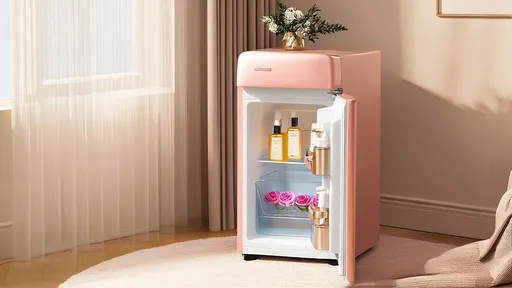
By /Jun 28, 2025

By /Jun 28, 2025

By /Jun 28, 2025
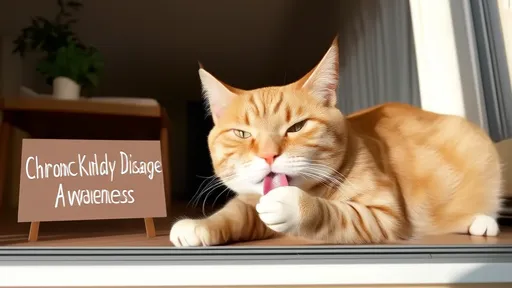
By /Jun 12, 2025

By /Jun 12, 2025

By /Jun 12, 2025
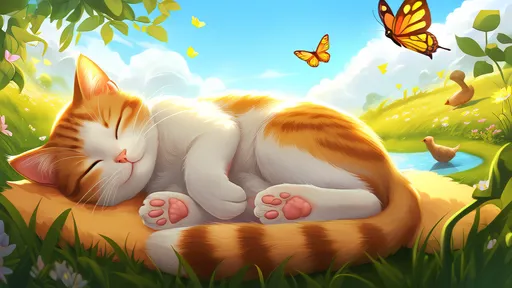
By /Jun 12, 2025

By /Jun 12, 2025

By /Jun 12, 2025
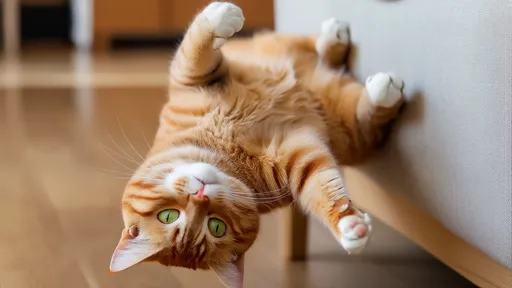
By /Jun 12, 2025

By /Jun 12, 2025
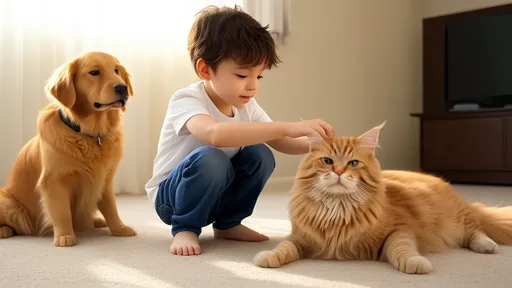
By /Jun 12, 2025
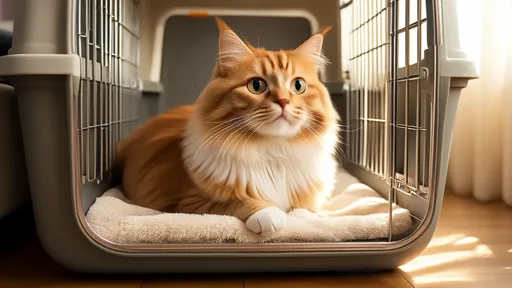
By /Jun 12, 2025
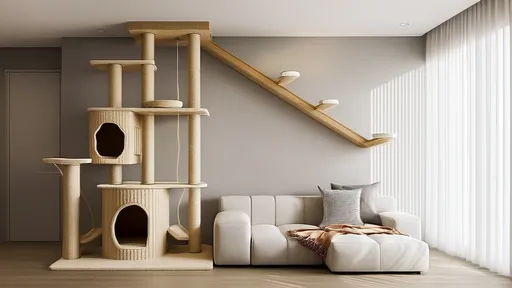
By /Jun 12, 2025
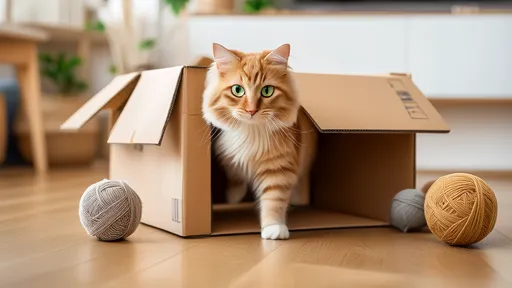
By /Jun 12, 2025
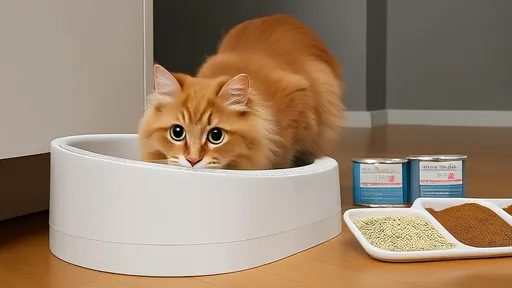
By /Jun 12, 2025